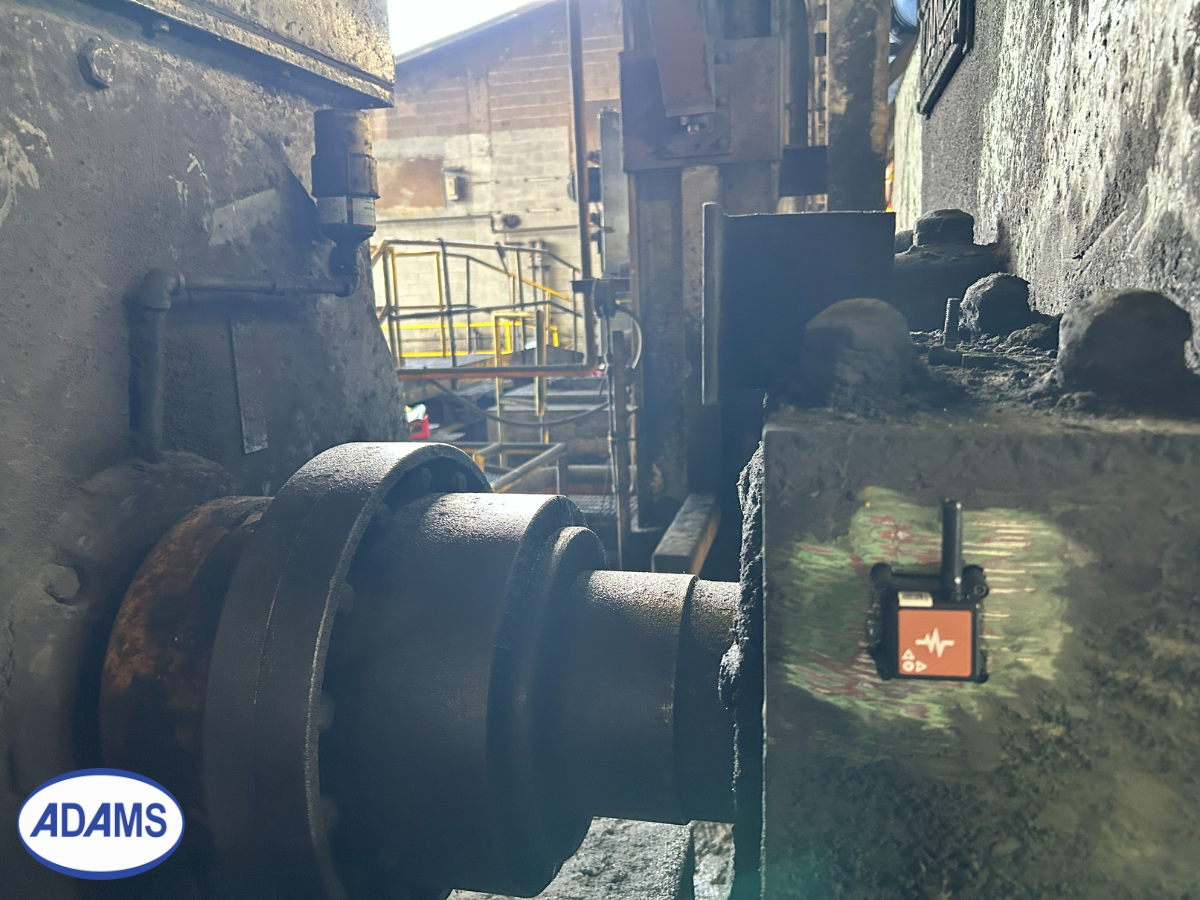What Do Industrial Sensors Do?
Industrial sensors are the unsung heroes of modern manufacturing and automation. They act as the sensory organs of a smart factory, collecting critical data from the physical world and translating it into a language that machines can understand. This data empowers manufacturers to monitor, analyze, and control a vast array of processes, from ensuring product quality to predicting equipment failure. In essence, industrial sensors provide the foundational data that drives intelligent, automated, and efficient production.
A Simple Flowchart for Sensor Selection
Choosing the right sensor can be a complex process, but it can be simplified by following a logical flowchart. Here’s a step-by-step guide to help you make the right choice:
1. Define the Application: What do you need to measure? (e.g., temperature, pressure, flow, proximity, vibration, utility consumption)
2. Identify the Operating Environment: What are the conditions where the sensor will be deployed? (e.g., dusty, wet, high vibration, extreme temperatures)
3. Determine the Required Performance: What level of accuracy, precision, and response time do you need?
4. Consider the Physical Constraints: What are the size, mounting, and power requirements?
5. Evaluate the Output and Integration: How will the sensor connect to your existing systems? (e.g., analog, digital, Ethernet)
6. Assess the Total Cost of Ownership: What are the initial purchase price, installation costs, and long-term maintenance requirements?
By systematically working through these questions, you can narrow down your options and select the sensor that best fits your specific needs.
Key Sensor Types by Use Case
Different applications call for different types of sensors. Here’s a breakdown of some of the most common industrial sensors and their primary use cases:
•Vibration Sensors: These sensors are crucial for predictive maintenance. They detect and measure oscillations in machinery, providing early warnings of potential equipment failure. This allows for scheduled maintenance, reducing unplanned downtime and extending the life of your assets.
•Pressure Sensors: Monitors liquid and gas pressure in closed systems to detect faults, improve performance, and prevent downtime. Ideal for Compressors, Vacuum systems, and HVAC equipment.
•Temperature Sensors: Monitoring heat is critical for many manufacturing processes. Temperature sensors ensure that equipment operates within safe and efficient temperature ranges, preventing overheating and preserving the lifespan of components.
•Proximity Sensors: These sensors detect the presence or absence of an object without physical contact. They are essential for a variety of applications, including automated assembly lines, robotics, and safety systems.
•Flow Sensors: Used to measure the rate of fluid or gas movement, flow sensors are critical for managing resources and controlling processes in industries such as water management, chemical processing, and fuel systems.
Environmental Considerations: Dust, Moisture, and Vibration
The performance and longevity of an industrial sensor are heavily influenced by its operating environment. Dust, moisture, and vibration are three of the most common challenges that can impact sensor accuracy and reliability.
•Dust: In dusty environments, such as woodworking shops or mining operations, dust particles can accumulate on sensor surfaces, obstructing their view and leading to inaccurate readings. Sensors with a high IP (Ingress Protection) rating and protective housings are essential in these conditions.
•Moisture: Moisture, whether from humidity, rain, or direct water exposure, can cause corrosion, short circuits, and other damage to sensitive electronic components. Choosing sensors with sealed housings and appropriate IP ratings is crucial for wet environments.
•Vibration: In heavy industrial settings, constant vibration can affect sensor calibration, cause loose connections, and ultimately lead to premature failure. Vibration-resistant mounts and ruggedly designed sensors are necessary to ensure reliable operation in these conditions.
How Adams Helps You Select and Deploy the Right Sensors
At Adams, we understand that selecting the right sensor is just the first step. Our team of experts works closely with you to understand your unique application and environmental challenges. We help you navigate the complexities of sensor selection, ensuring that you choose the most appropriate and cost-effective solution for your needs. This includes considering cutting-edge solutions from partners like UrbanIO, which offers industrial-grade wireless devices for remote monitoring and retrofit solutions, and Balluff, known for its wide range of high-quality and precise sensors for diverse industrial applications.
But our support doesn’t stop there. We also provide expert guidance on sensor deployment, including proper installation, calibration, and integration with your existing systems. With Adams, you can be confident that you’re not just buying a sensor; you’re investing in a complete solution that will deliver reliable and accurate data for years to come.
Ready to take back control of your plant through sensors?
FAQs
What is an IP rating and why is it important?
An IP (Ingress Protection) rating is a standard that classifies the degree of protection provided by an enclosure against the intrusion of solid objects (like dust) and liquids (like water). The first digit of the IP rating indicates the level of protection against solid objects, while the second digit indicates the level of protection against liquids. A higher number indicates a higher level of protection. Choosing a sensor with the appropriate IP rating is crucial for ensuring its reliability and longevity in harsh environments.
Can I use a consumer-grade sensor in an industrial environment?
While it may be tempting to use a less expensive consumer-grade sensor in an industrial application, it is generally not recommended. Industrial sensors are specifically designed to withstand the harsh conditions of a manufacturing environment, including extreme temperatures, humidity, vibration, and exposure to dust and chemicals. Consumer-grade sensors are not built to the same standards and are likely to fail prematurely, leading to costly downtime and potential safety hazards.


